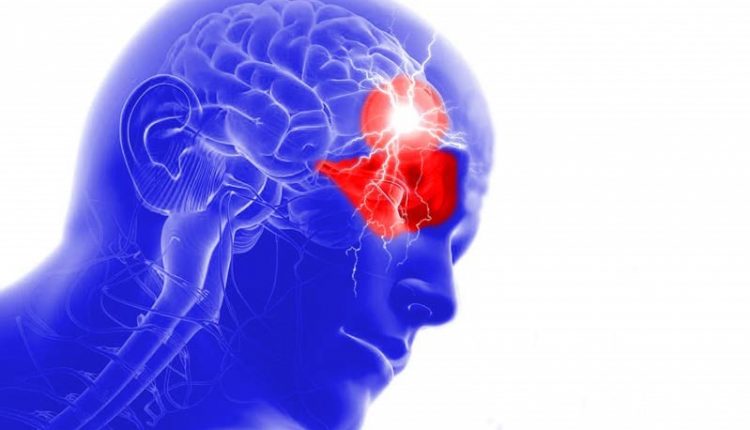
Cluster headache: symptoms and treatment
Cluster headache is a primary headache, i.e. with no known cause, which owes its name to the frequency of attacks
It most frequently affects males from the age of 20 onwards, with a peak incidence between the ages of 40 and 50, and is characterised by periods of painful phases (called clusters) lasting weeks (6 to 12); each cluster headache attack recurs at almost regular intervals every 12 to 24 hours and can last from 15 minutes to three hours.
Cluster headache remission periods can last from six months to a year, during which the patient experiences no symptoms.
Causes of cluster headache
Compared to other headaches, cluster headache does not seem to be influenced by any hereditary factors, and its cause is unknown.
Seasonal changes and lifestyle habits, stress, smoking and alcohol consumption seem to facilitate the onset of cluster headache.
Smoking appears to be a risk factor for the onset of the disease but quitting smoking has no beneficial effect once the disease has appeared.
Signs and symptoms of cluster headache
Cluster headache is typically accompanied by a series of local neurovegetative phenomena, i.e. miosis, eyelid ptosis with enophthalmos (Claude Bernard Horner syndrome), conjunctival hyperemia with lacrimation, eyelid oedema and rhinorrhoea.
More infrequently (unlike migraine) the pain crisis is associated with widespread neurovegetative phenomena such as photophobia, phonophobia and nausea.
The pain has a fixed excruciating character (‘like a nail’) and its intensity is among the highest of known painful diseases.
It may appear during the day or at night and occurs in waves that reach a peak and then gradually cease over 45 to 60 minutes.
The areas affected are the ocular and temporal, always on the same side without contralateral spread.
The probability of onset of pain on the opposite side is low.
The typical behaviour of the patient during the attack is marked by restlessness, as if trying to relieve the pain by constantly moving.
In any case, the intensity of the pain causes great stress, so that, once the attack is over, the affected person is seized with great fatigue.
Cluster headache therapy
Drug therapy is only partially effective in curbing cluster headaches: the currently available drugs (oxygen inhalation, parenteral triptans and ergotamine) tend to be more effective in reducing the intensity and duration of individual attacks than in preventing clusters.
Several prophylactic therapies with different mechanisms of action (from cortisone to melatonin) are currently proposed, without clear evidence of long-term efficacy.
There is insufficient data on the probability of spontaneous recovery.
Read Also:
Emergency Live Even More…Live: Download The New Free App Of Your Newspaper For IOS And Android
Rebound Headache, The Headache Linked To Drug Abuse
Migraine And Tension-Type Headache: How To Distinguish Between Them?
Headaches And Dizziness: It Could Be Vestibular Migraine
Monoclonal Antibodies And Botulinum Toxin: New Treatments For Migraines
Migraine With Brainstem Aura (Basilar Migraine)
Migraine And Tension-Type Headache: How To Distinguish Between Them?
Paroxysmal Positional Vertigo (BPPV), What Is It?
Headaches And Dizziness: It Could Be Vestibular Migraine
Waking Up Headaches: What Are The Causes And What To Do
Tension Headache: What Is It, What Are The Causes And What Are The Treatments?



